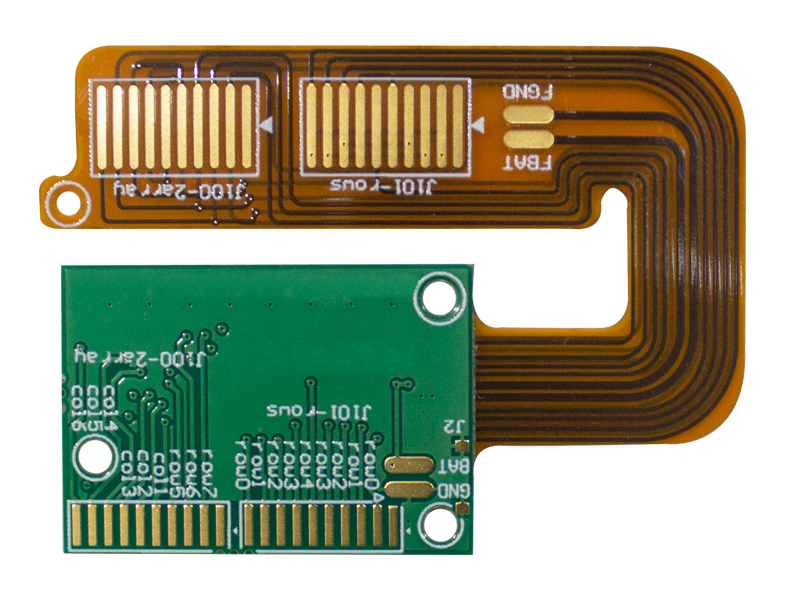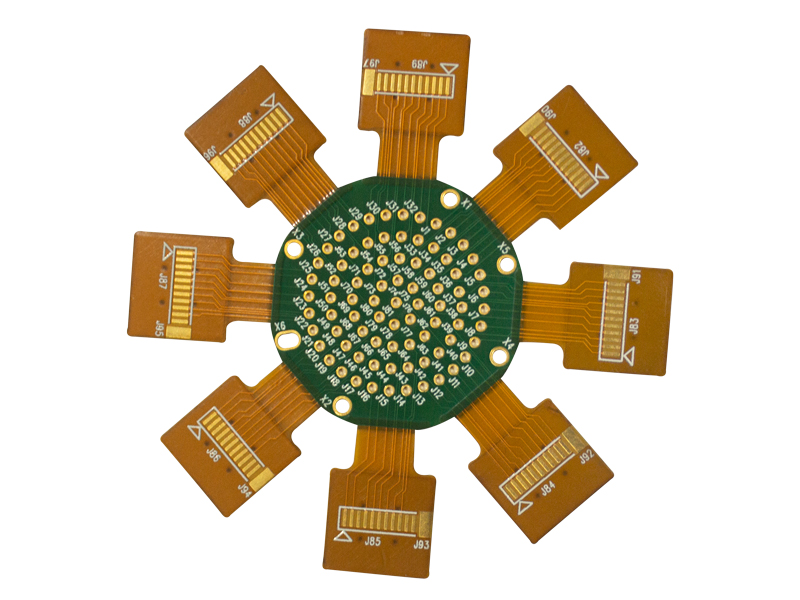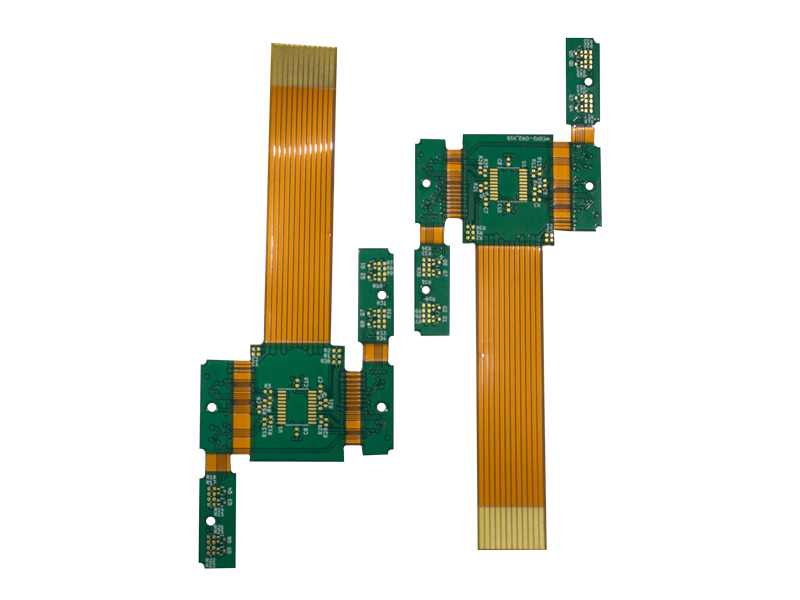Design requirements: Understand the specific design requirements of the project. Consider factors such as the number of layers required, PCB size and shape, and component placement.
Application and Environment: Determine the application and environment in which the PCB will be used. Consider temperature extremes, shock and vibration, moisture, and exposure to chemicals.
Flexibility and Bend Requirements: Determine the level of flexibility and bend capability required for your application. Rigid-flex PCBs offer varying degrees of flexibility, depending on the number and configuration of flex layers.
Space Constraints: Assess any space constraints in the project. Rigid-flex PCBs have the advantage of reduced space requirements compared to traditional rigid PCBs, enabling compact, lightweight designs.
Manufacturing Considerations: Consider the PCB manufacturer's manufacturing capabilities and constraints. Rigid-flex boards require specialized manufacturing processes and equipment.
Cost Considerations: Identify your budget and cost constraints. Rigid-flex PCBs can be more expensive than traditional rigid PCBs due to the additional materials and manufacturing processes involved. However, they also provide cost savings by reducing the need for connectors and interconnects.
Supplier Reputation and Support: Research and select reliable and reputable suppliers for your rigid-flex boards.Consider their manufacturing capabilities, technical expertise, and ability to meet your project timelines.
Design Requirements
Evaluate the project's specific design requirements, including number of layers, size, shape, and any special features or functions required.
Quality
Standards
Ensure that we follow industry standards and certifications such as ISO, IPC, and UL. These indicate that we has implemented quality control processes and procedures to produce reliable and high-quality rigid-flex boards.
Manufacturing Capabilities
Verify that we has the necessary equipment, technology and expertise to deliver a rigid-flex PCB to your specifications. Bout ours manufacturing capabilities, such as the number of layers we can handle, the types of materials and substrates we use, and our proficiency at producing complex designs.
Experience and Reputation
15 years experience producing rigid-flex boards, customer reviews, got good reputation and track record from our customer reviews and case. With a solid reputation and experience ensure offer quality products for our customers.
Prototyping andTesting
Work with CAPEL that offers prototyping services, allows you to test and validate your designs before full production. Ours testing process make sure you have solid quality controls in place.
Pricing and Cost-Effectiveness
Volume discounts are available for bulk orders, making them more cost-effective. Total cost of ownership must be considered, which includes factors such as yield, product quality, and customer support.Balancing price with the quality, reliability, and performance requirements of a rigid-flex PCB.
Customer
Support
Responsiveness to inquiries, flexibility to accommodate design changes, and ability to provide timely updates on order progress, Good customer support is critical to a smooth and satisfying manufacturing experience.
Delivery and Lead Times
Average lead times and ability to meet project deadlines. Timely delivery is critical to keeping projects on track.
Choose a reputable and reliable Rigid-Flex manufacturer to meet your project requirements and provide high-quality products.









